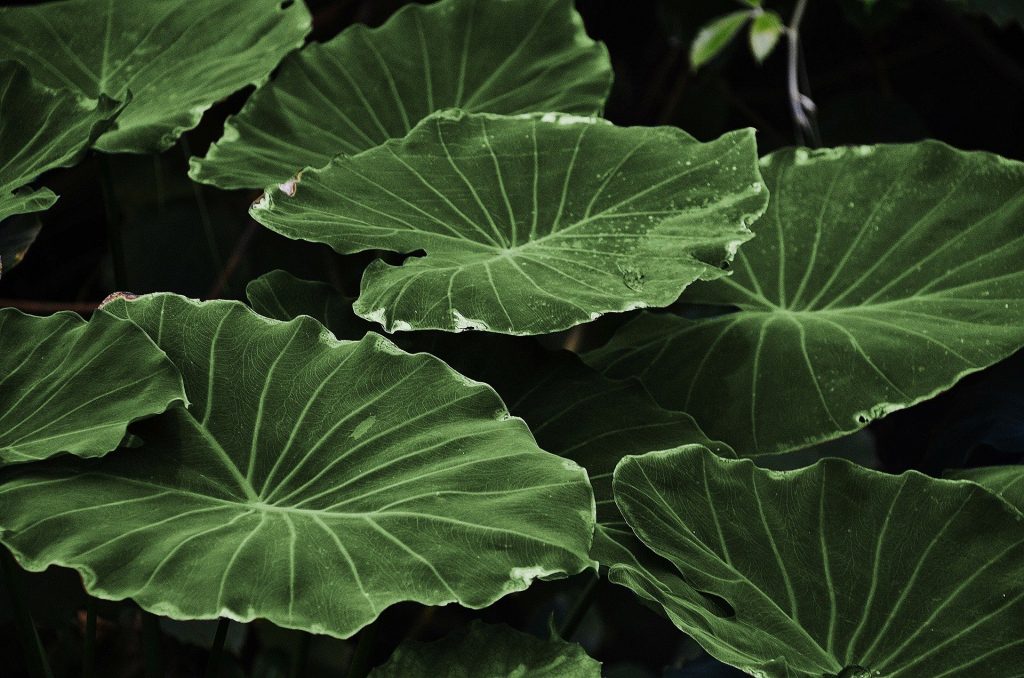Why do plants have leaves? The reason is as simple as the fact that plants require light for photosynthesis to occur. Photosynthesis is when plants convert light energy into food. To produce food, most plants rely on sunlight. A stroma is a structure that allows plants to produce food. The stroma is a network of cells that is enclosed by a tough substance.
A placenta connects the Stroma to the leaves. The placenta, a bag made from a gelatinous substance, protects the leaves when it is placed inside the mother plant. Photosynthesis is the reason plants have leaves. Certain enzymes allow plants to take sunlight from the Sun and transform it into food through their storages or stoma.
Photosynthesis uses light to drive food production and to produce oxygen in the atmosphere. The leaves absorb the most sunlight, while the stalks or roots absorb the most carbon dioxide in the atmosphere. The protoplasts (or leaves) filter most of the sunlight and only a small amount is allowed to enter the plant’s interior, where it can be used for photosynthesis. The process consumes most of the carbon dioxide. The rest of the carbon dioxide is carried away into the air, and is taken up by new leaves to be used for food the following year.
Why do plants grow flowers? Flowers are used by plants to attract insects and other animals that can be eaten. Flowers secrete a fluid called “floral fluid”, which is filled up with water and transported within the lower chambers. Insects, as well as other organisms, can pass through the fluid and latch onto the floral hairs inside the cells. These organisms help feed the plants by extracting carbon dioxide and sending it into the plant’s food storage system. The plants in return use the carbon dioxide to make sugar and so the cycle continues.

Why do plants have stems at all? Just as animals have a trunk for protection, plants have a hard protective stem, or rhizome, that protects the lower parts of the body from being exposed to the elements. This is where the plant’s food stores are located. The stems support the plant by supporting its vascular system. It allows the stem to grow strong, healthy.
Why do plants have flowers if they do not flower? The fact that flowers do flower is usually due to many years of evolution. This is because they are the offspring from a parent plant that produces flowers. The plant’s success at photosynthesis is shown by the flowering of its leaves. Photosynthesis is the process that plants use to produce flowers.
Why do plants have stems even though they don’t photosynthesize at all? The stems provide anchorage for the higher parts of the plant, like the leaves. Without the presence of the stems, the lower parts of the plant would simply starve. Photosynthesis requires a healthy diet and plenty water. If the stems are absent during this process, it is a sign that the plant is not in a position to photosynthesize.
Why is it that plants only have one type of leaf? The reason is that a single leaf is composed of multiple photosynthetic units. Each unit is made up of a photoreceptor and a rotor. The photoreceptor transforms light into chemical energies. The rotor converts the energy into direct current electricity.